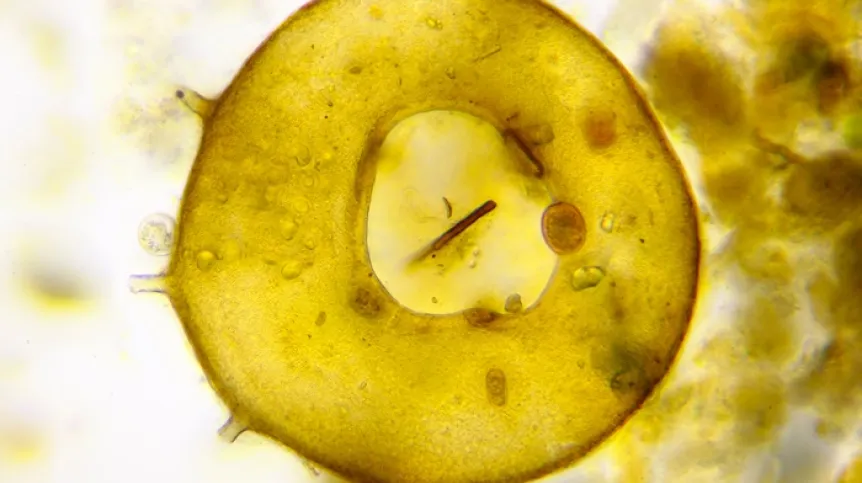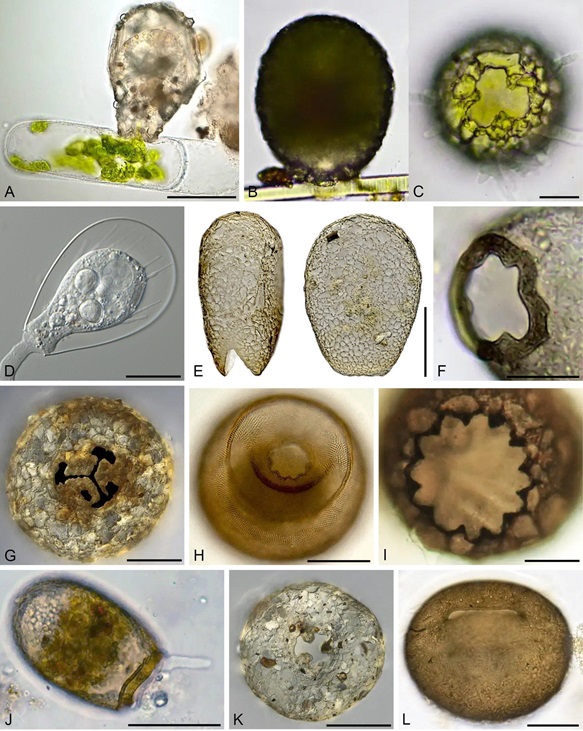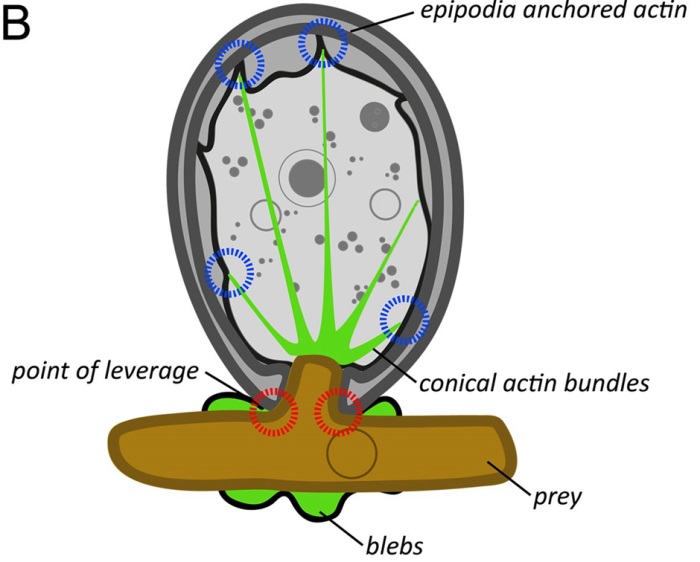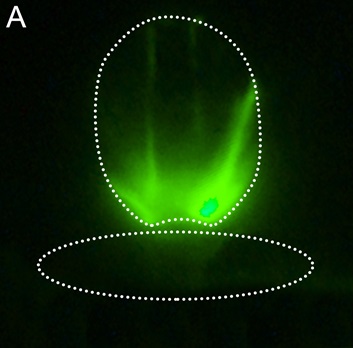
Until recently, the consensus was that testate amoebae used their shells to defend themselves from enemies or from drying out. It now turns out that these shells are also useful as a weapon that makes it easier to get to the prey.
Testate amoebae are single-celled organisms (classified as protists) that produce a durable shell called test. This shell may be made of protein substances, agglomerated substances taken from the environment or inorganic matter transformed by the amoeba. There is usually one opening in the oval or spherical shell.
A SHELL GAME
There is a huge variety of such organisms in the world, and the shapes and structure of their shells differ significantly. This is important news because these shells are very durable. They retain their shape in the old soil layers. For example, in soil samples from peat bogs they form tiny fossils, recognizable even after thousands or millions of years.

Scientists can use these fossils for ecological, palaeoecological and evolutionary research.
However, although researchers owe a lot to these amoeba shells and have devoted a lot of time to them, they did not fully realize what amoebae actually used them for.
KISS OF DEATH
For a long time it was assumed that these shells were needed to defend against enemies or protect against difficult environmental conditions, but now it is understood that they are also useful in the context of an attack.
Research by an international team - with the participation of Professor Mariusz Lamentowicz from the Adam Mickiewicz University - has been published in the European Journal of Protistology.
'Many Arcellinida (this is the largest group of testate amoebae - ed. PAP - Science in Poland) can attack, perforate or cut through large prey such as nematodes, algae and fungi and draw the contents of their cells into themselves. However, such behaviour is not observed in Amoebozoa that do not have shells. Is this a coincidence, or is the shell involved in prey manipulation?' say Dr. Kenneth Dumack from the University of Cologne (Germany) and Professor Mariusz Lamentowicz from the Adam Mickiewicz University.
Amoebae attach to the substrate thanks to actin, which forms the cytoskeleton (coloured green in the figures). Therefore, a moving amoeba needs actin in its pseudopods (which is why the pseudopods are strongly coloured green). But it turns out that actin also appears in the body of the amoeba during hunting. This compound forms conical beams. On the one hand, they attach to the prey, and on the other, they are attached to the shell.

'It appears that Arcellinida use actin to attract their victims! For this purpose, the shell is needed as an anchor point. Then all that is left is to cut,’ says Professor Mariusz Lamentowicz, comparing the act to an amoeba's kiss of death.

Dr. Dumack suggests that the thick edges at the opening of the shell may also serve as a lever, a place where the shell of prey, such as a diatom, is crushed.
PAP - Science in Poland
lt/ zan/ kap/
tr. RL













